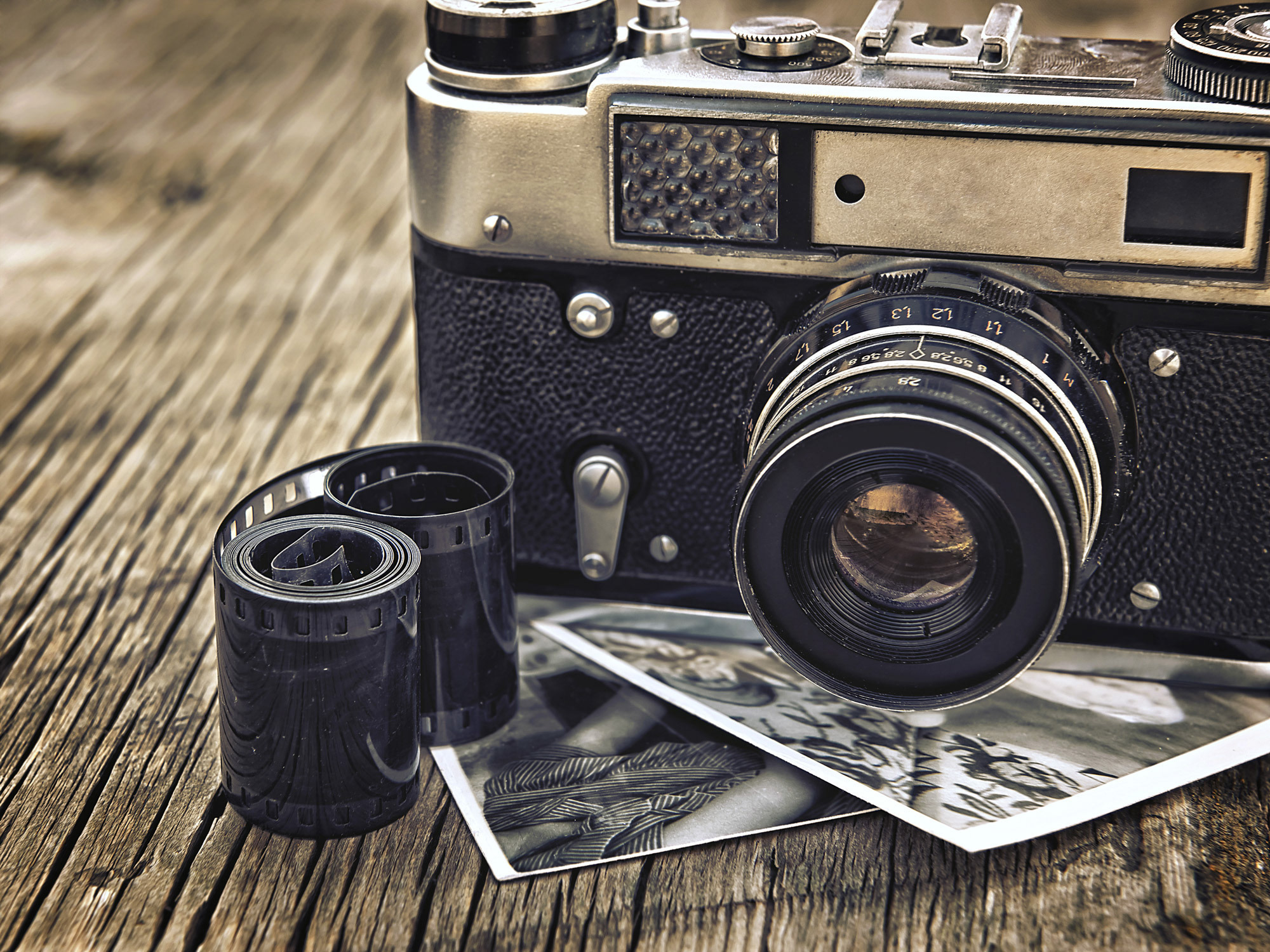Digital Storytelling
A Curation of Personal Works
Digital Storytelling. The phrase is commonplace these days, more so since the Covid-19 Pandemic has forced so many people into remote working and learning scenarios. A situation that is not likely to fade quickly back to its former, alternative/optional designation. For many, it could be the way things will be for their foreseeable futures.
Photo Credit: Jon Anders Wiken - Adobe Stock
Note: This article does not intend to be an exhaustive resource on the Digital Storytelling process, but I have included resources with additional information at the end of the article.
My intent here is to share some examples of what I feel are successful Digital Stories I have created. Mine typically include photographs, the written word, and sometimes audio or video elements.
Why?
I believe it is critical that students and professionals from all walks of life become at least comfortable - if not adept - at using this form of communication. We all have stories to tell; sharing our experiences can enrich the lives of others, help those close to us celebrate events, achievements, the lives of ourselves and others.
These stories could be emotional, poignant as well as funny and joyful. Successful digital stories require time to produce, from planning to production (creation) and through to post production and publishing. The range of production time could run from a few hours to a couple days, depending on the complexity of the story and the media involved.
Digital Storytelling is Not New
While this form of communication has increased in both popularity and necessity, Digital Storytelling is not a recent addition to the ways in which we share experiences and information. Going back as far as 1990, Ken Burns is considered by many to be the originator of the first “digital story” with his series on the Civil War. Ken’s groundbreaking technique of panning and zooming through still images is still a common method for showing photographs in videos and is referred to as the Ken Burns Effect.
As technology became easier to use, more accessible and affordable over the last 3 decades, the ability to tell compelling stories in a digital format, using a variety of media (text, voice, audio, video, images, animation) has become a prominent, almost ubiquitous form of storytelling.
As important - if not more so - was the growing expectation of the viewing public - content consumers - for more sophisticated and engaging storytelling, even if subconsciously.
Over time, and thanks to the efforts of organizations like the Center for Digital Storytelling, this style of storytelling has become more formalized, with certain guiding principles, chief among them is that digital stories are short (2-4 minutes as a film or video) and incorporate multiple digital media sources, such as narration, still images, video clips, animation, text and music.
My Examples
My digital stories tend to be in the form of the photo essay, although I have been branching out by incorporating video, music and motion graphics. I typically publish my stories in one of two places (and sometimes both): Behance and Adobe Spark. I also write a lot of tutorials, but for this purpose of this article, I have not included those types of stories in this list. If you are interested in the tutorials I have created around various Adobe tools and photographic techniques, you can see a curated list on my photography website.
Photo Essays
Multimedia Stories
I define "multimedia" stories as stories that include video and or audio, along with still imagery and text.
Additional Resources
Top Hat (Definition of Digital Storytelling)
The Photobus (Daniel Meadows resource on Digital Storytelling)
The Story Center (blog)










